You’ve probably watched birds soaring overhead and wondered how something that seems to defy logic can move through air with such apparent ease. For centuries, scientists believed that birds simply followed the same aerodynamic principles we use to design aircraft. Yet the more we study avian flight, the more we discover that birds operate in ways that challenge our traditional understanding of physics.
What makes this particularly fascinating is that birds don’t just follow the rules of aerodynamics. They bend them, manipulate them, and sometimes appear to break them entirely. From hummingbirds that can hover in place to eagles that ride invisible air currents for hours without flapping, birds demonstrate flight capabilities that make even our most advanced aircraft look clumsy by comparison.
Defying Bernoulli’s Principle Through Dynamic Wing Morphing
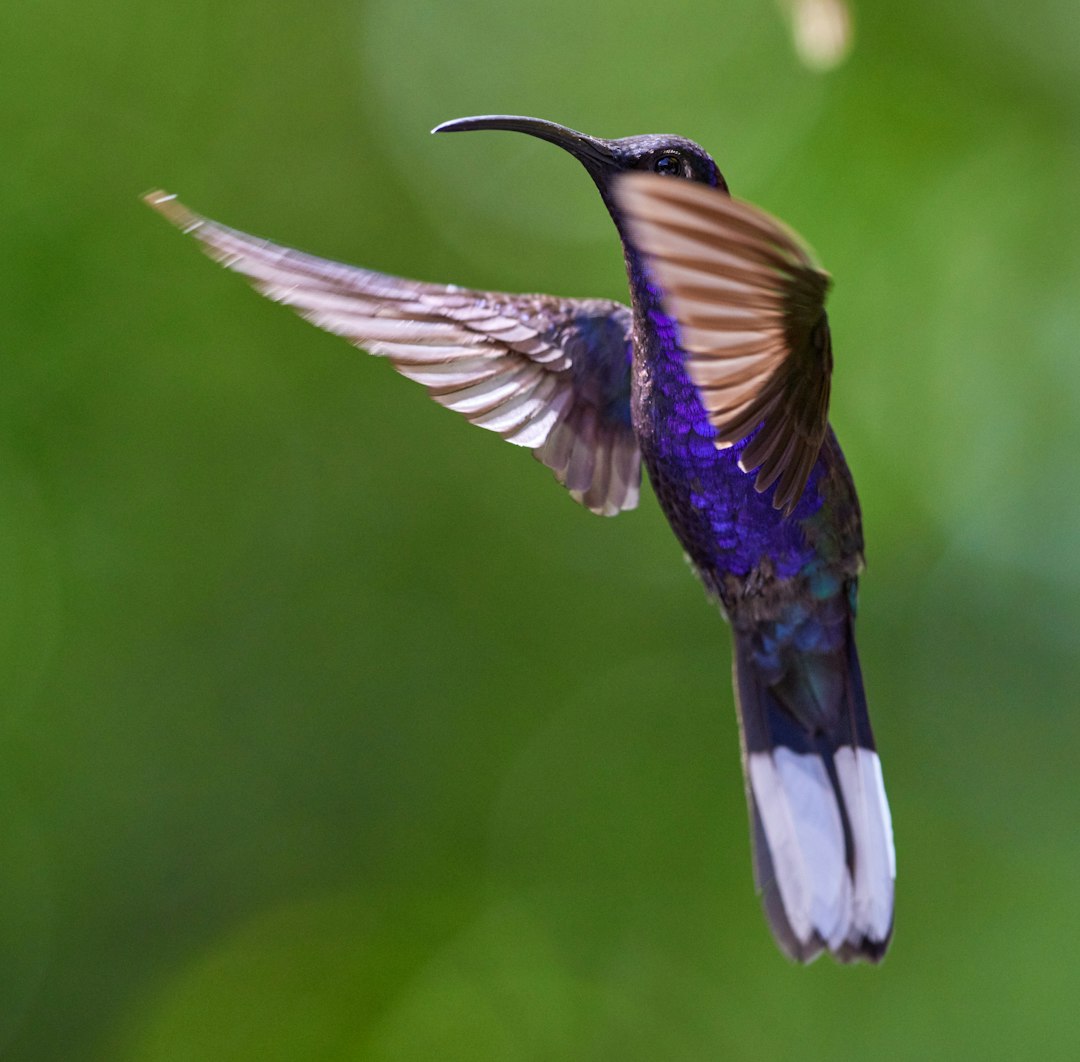
Classical aerodynamics teaches us about steady airflow over fixed wings, where Bernoulli’s principle says that an increase of speed must be compensated for through a decrease of pressure to create lift. Birds, however, operate in a completely different realm where their wings are constantly changing shape.
They are flexible, strong, lightweight, and dynamically capable of changes in shape on a nearly instantaneous basis. Unlike rigid aircraft wings, bird wings can adjust their camber, twist, sweep, and even individual feather positions during flight. This dynamic morphing allows them to optimize aerodynamic forces in ways that fixed-wing aircraft simply cannot.
What’s remarkable is that much of this change is passive, modulated only by changes in airflow angle and velocity. Birds actively morph their wings and their feathers morph passively in response to airflow to meet aerodynamic demands.
Leading-Edge Vortices: Breaking the Stall Barrier
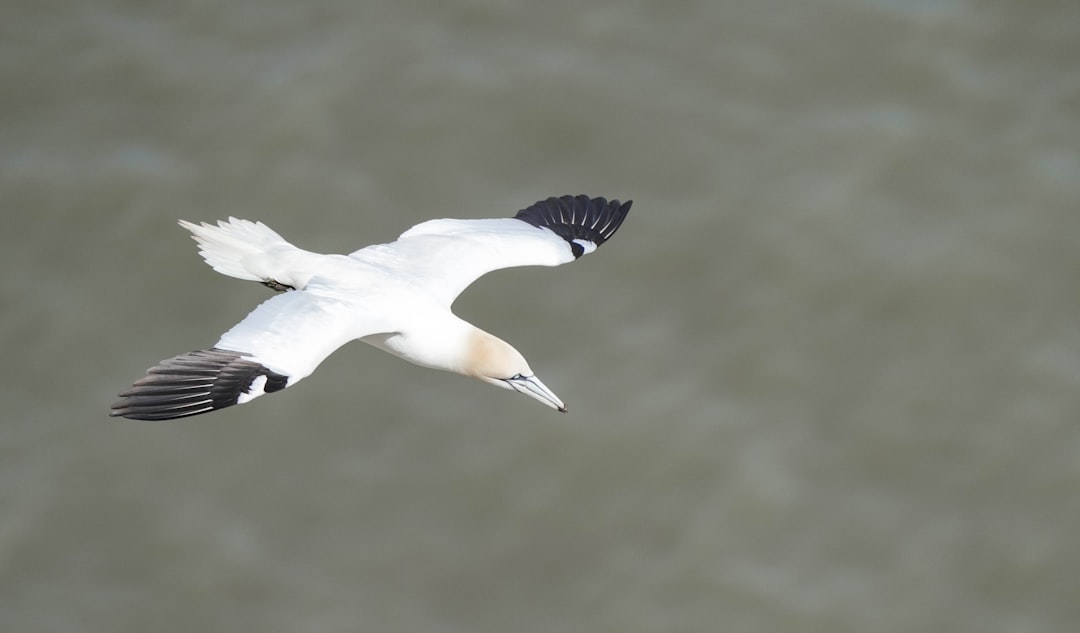
Such agility is mainly attributed to a leading edge vortex attached to the suction side of the flyer’s wings even when conventional aerodynamics would predict stall conditions. Traditional aircraft stall when the angle of attack becomes too steep, causing airflow to separate from the wing surface.
Birds routinely operate at angles that would cause conventional aircraft to fall from the sky. Consequently, with appropriate kinematics, frequency, and amplitude, flapping wings can generate substantially higher lift and perform well beyond stall angle of attack for fixed wings.
The LEVs are intensified by dynamic wing morphing in bird and bat flight, producing a significantly elevated vortex lift. This allows birds to maintain controlled flight even under conditions that would be impossible for traditional aircraft.
The Alula: Nature’s Leading-Edge Slat with a Twist

An aerodynamic structure ubiquitous in Aves is the alula; a small collection of feathers muscularized near the wrist joint. New research into the aerodynamics of this structure suggests that its primary function is to induce leading-edge vortex (LEV) flow over bird’s outer hand-wing to enhance wing lift when manuevering at slow speeds.
What makes the alula extraordinary is that it doesn’t just prevent stall like aircraft slats do. Subsequent research depicting separated flow over real and model swift wings in steady flight and Passerines in slow-flapping flight suggests that the alula likely prevents wing stall through the maintenance of separated-edge flows rather than preventing flow separation from occurring in the first place.
This represents a fundamental departure from aircraft design philosophy, where engineers work to prevent flow separation entirely. Birds instead manage and control separated flows to their advantage.
Unsteady Aerodynamics: Living in a Sea of Vortices
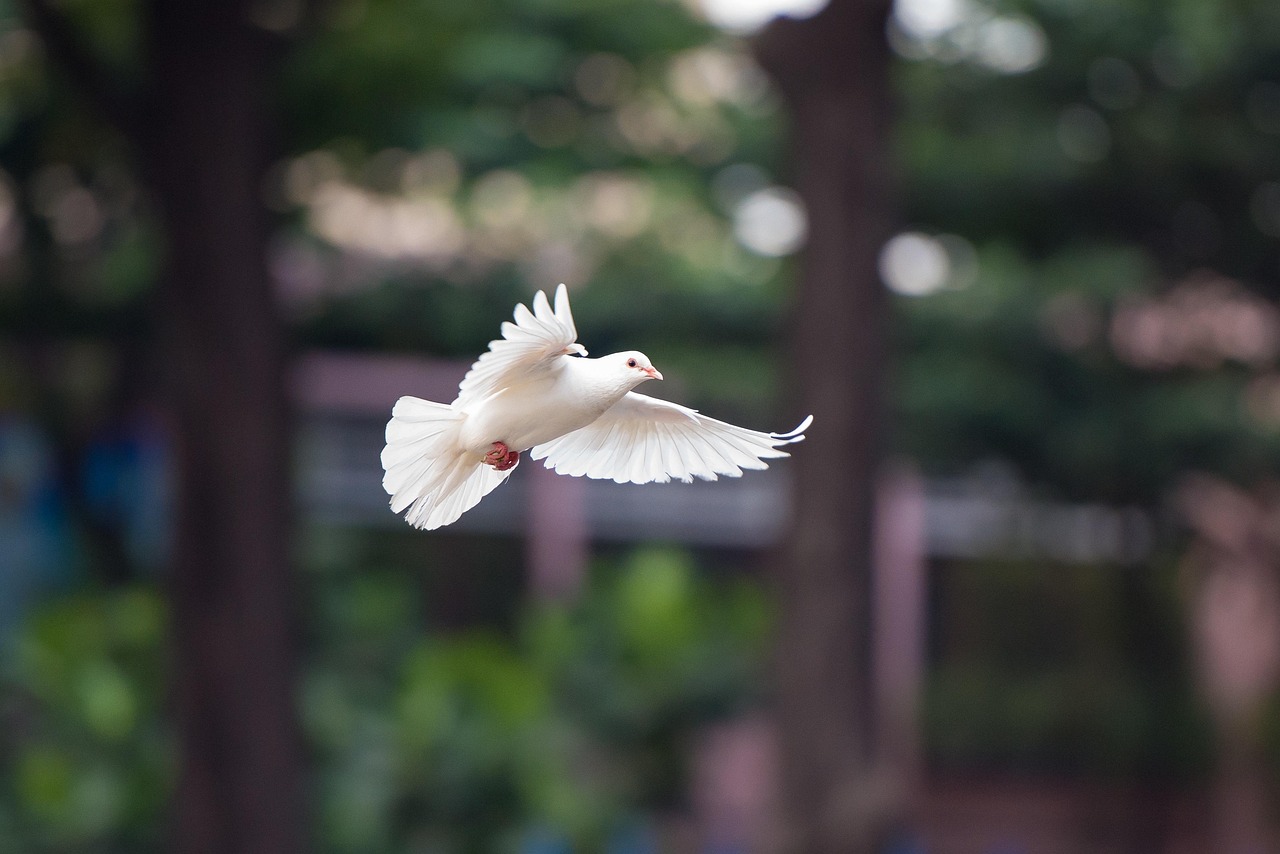
Unlike fixed-wing aircraft with their steady, almost inviscid (without viscosity) flow dynamics, insects fly in a sea of vortices, surrounded by tiny eddies and whirlwinds that are created when they move their wings. This principle applies equally to birds.
But insects depend on vortices to keep them aloft, especially when they are hovering. An important key to solving the mystery of insect flight, Wang said, is the understanding of the vortex “shedding” and how the vortices behave when they separate from the moving surface that created them. Birds have mastered this same principle on a larger scale.
Analysis of the aerodynamics of flapping wings has yielded a general understanding of how birds generate lift and thrust during flight. One may synergize the concept of continuous gait with the proposed vortex structure as suggested by Ruck & Oertel [36], to reflect the contribution of the unsteady flow to the estimation of flight performance.
Wing Beat Frequency: The Universal Equation Across Species
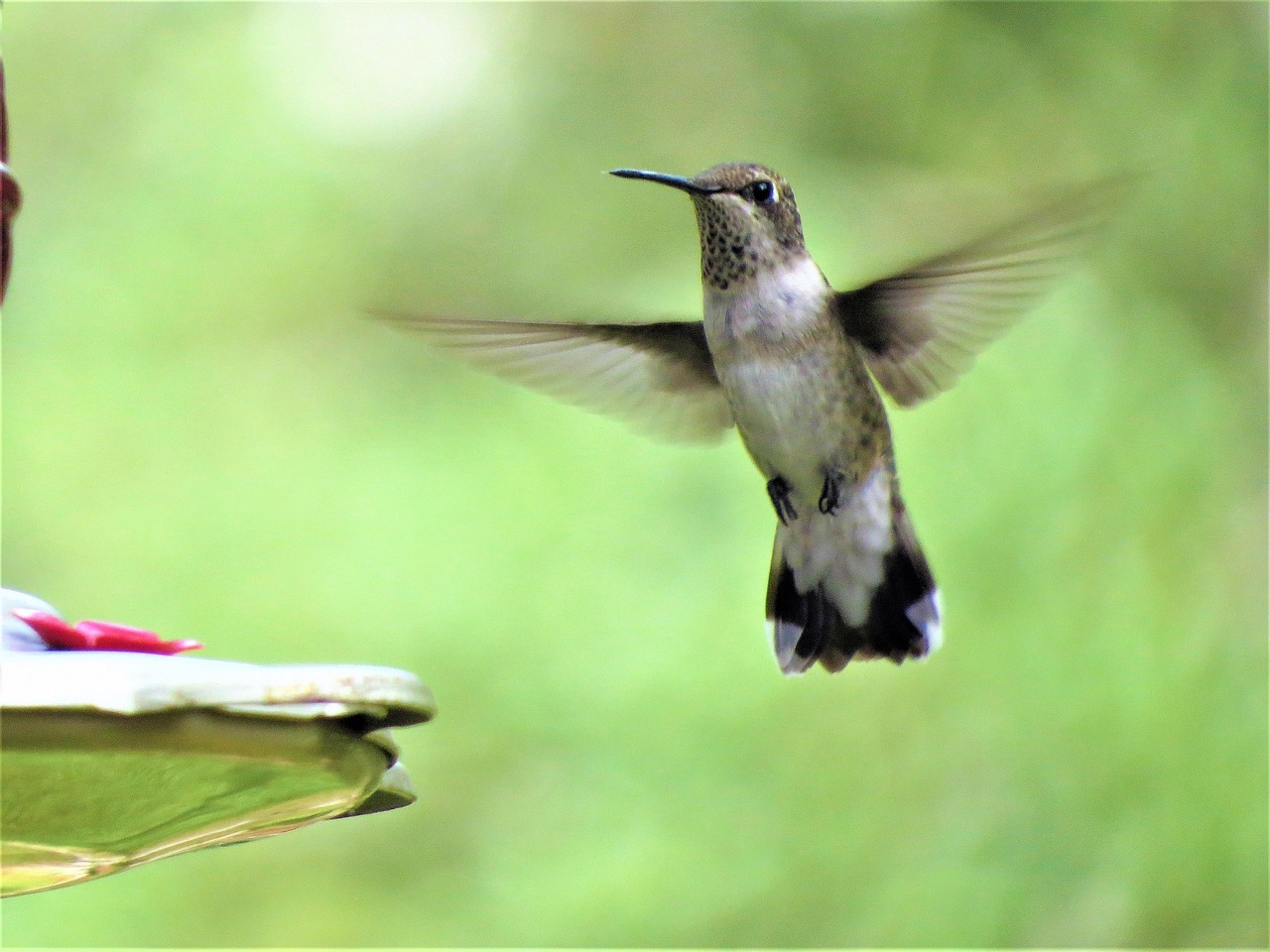
One of the most surprising discoveries in flight physics is that The equation states that the wing/fin-beat frequency is proportional to the square root of the animal’s mass divided by the wing area. Data for birds, insects, bats, and even a robotic bird – supplemented by data for whales and penguins that must swim to stay submerged – show that the constant of proportionality is to a good approximation the same across all species; thus the equation is universal.
This universal relationship suggests that despite their vastly different sizes and environments, flying creatures follow fundamental physical principles that we’re only beginning to understand. Experimental evidence supports that idea, finding that birds tend not to vary their flaps-per-second. They’re one-gear animals.
The implications are profound: birds have essentially evolved to operate at optimal frequencies determined by the physics of their body size and wing area, maximizing efficiency while minimizing energy expenditure.
Passive Feather Mechanics: Self-Regulating Flight Surfaces
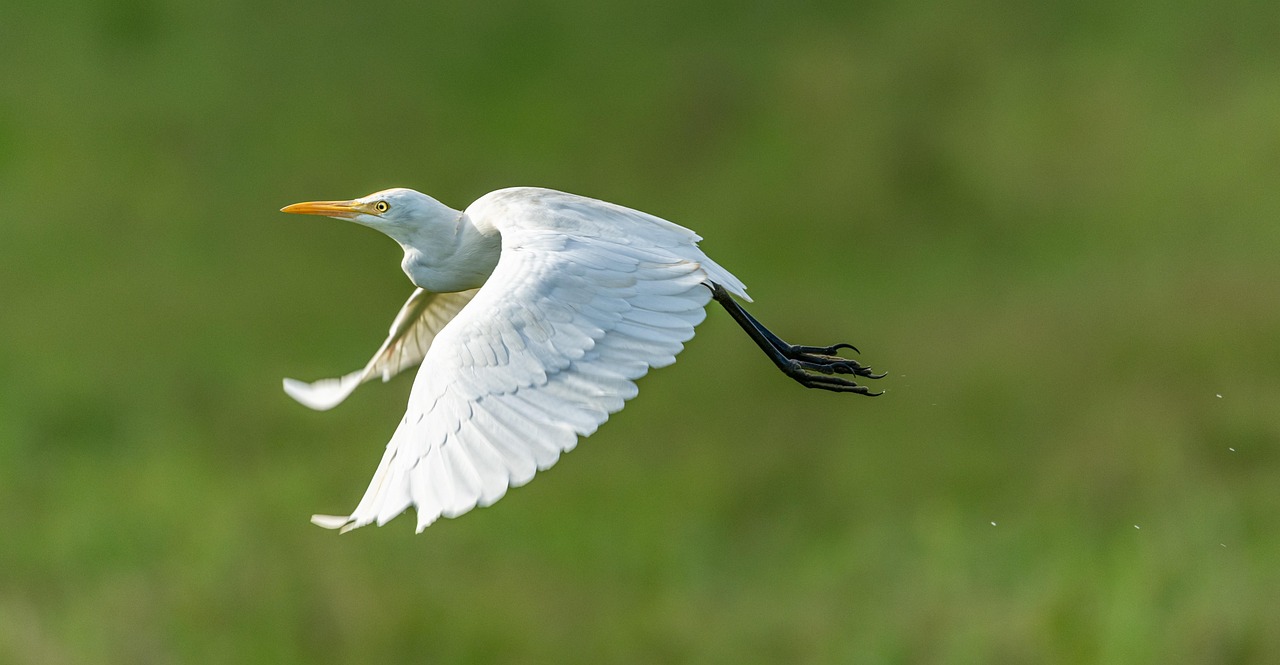
Perhaps the most elegant aspect of bird flight is how individual feathers automatically adjust to aerodynamic loads. We found that the variation of the aerodynamic force on the wing in uniform flow can be reduced by attaching the flexible flaps near the leading-edge. Through force measurements and flow visualization in a low-speed wind tunnel, it is found that the flexible flaps can suppress the large-scale vortex shedding and hence reduce the fluctuations of aerodynamic forces in a disturbed flow behind an oscillating plate.
Our results demonstrate that the stiffness of the flaps strongly affects the aerodynamic performance, and the force fluctuations are observed to be reduced when the deformation synchronizes with the strong vortex generation. This passive control system operates without conscious input from the bird.
We found that feather deflection reoriented force, resulting in increased lateral stability and delayed stall characteristics compared to a rigid airfoil. This represents a level of automatic flight control that surpasses anything in modern aviation.
V-Formation Flight: Exploiting Aerodynamic Interdependence
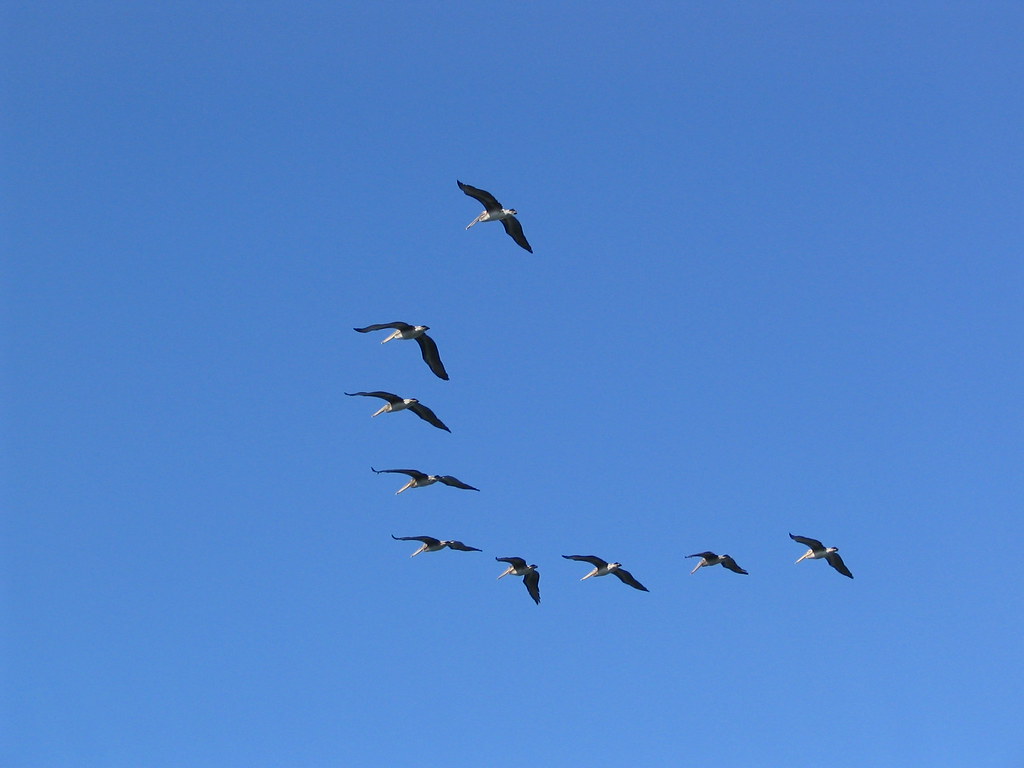
Migrating birds may take advantage of V-shaped flocking to reduce the required energy for their flight. Studies have shown that the birds in different positions in V-shaped flight contend with different drag forces. Yet this formation flying goes beyond simple energy savings.
Studies show that V-formation flight can improve energy efficiency in migrating birds by approximately 15-20% compared to flying alone. This level of coordination requires not just understanding aerodynamics, but real-time communication and positioning adjustments.
This is shown through the striking act of v-formation flight, a symbol of physics at work. But birds don’t fly in a v-shape to catch your eye – they do it because it makes them go faster. The trailing birds literally surf on the wingtip vortices created by the birds ahead of them.
Thrust and Lift Generation: Simultaneous Force Production

While aircraft use separate systems for lift and thrust, Birds, unlike airplanes, use their wings for both weight support and thrust generation simultaneously. This is achieved by flapping the wings – tilting the aerodynamic force forward.
To achieve the necessary change in thrust-to-lift ratio, birds can alter the aerodynamic properties of their wings – through adjusting the shape of the wings or the angle with which the air meets the wing – but they can also change their kinematics, i.e., how the wings are flapped. Since thrust and lift are inherently linked in flapping flight, the manner in which birds flap their wings likely affects the efficiency of generating both forces simultaneously, but not necessarily in the same way.
This dual-function capability represents a fundamental advantage over fixed-wing aircraft, allowing birds to adapt to changing flight conditions with remarkable efficiency.
Reynolds Number Mastery: Operating in the Aerodynamic Sweet Spot
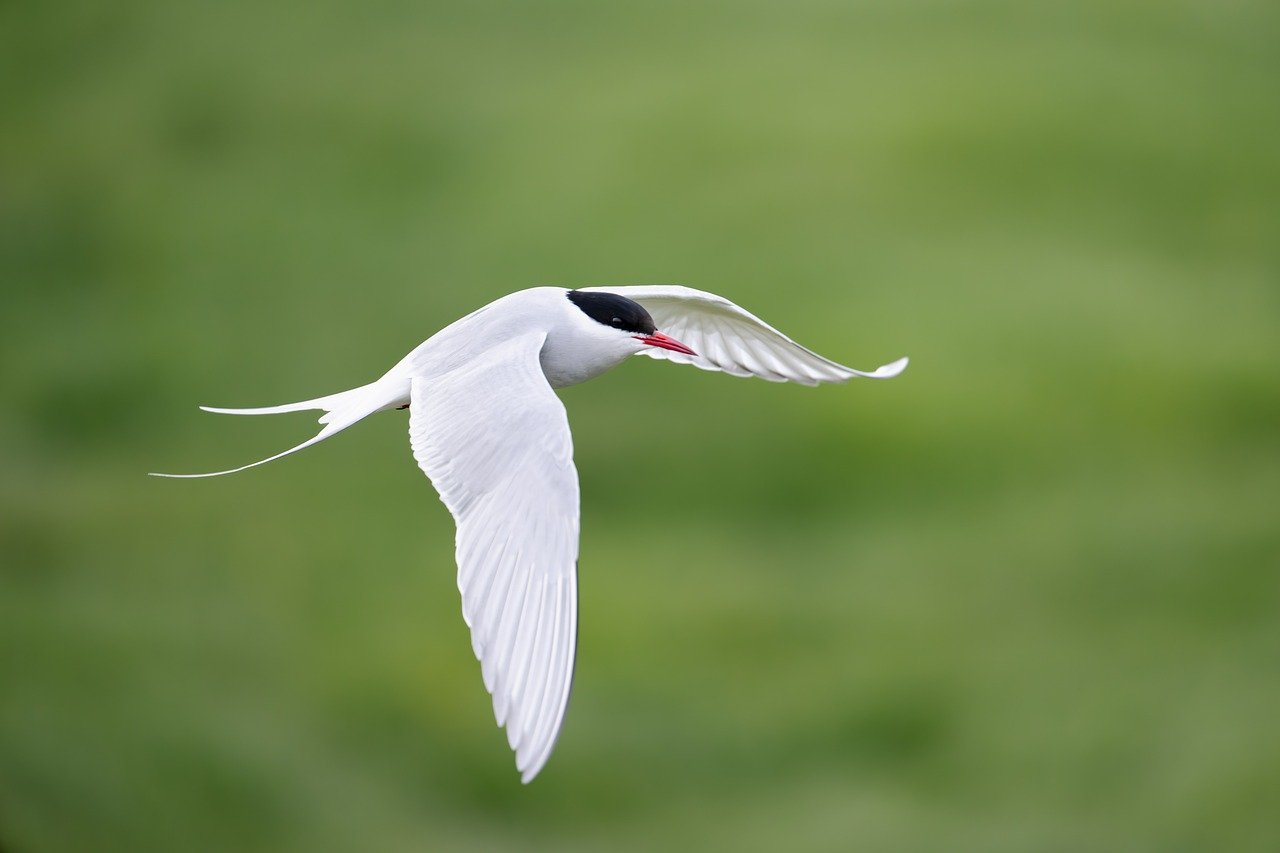
Birds operate at Reynolds numbers that place them in a unique aerodynamic regime. However, textbook aeronautical principles should be applied with caution because birds have highly capable sensing and active control, presumably reducing the demand for passive aerodynamic stability, and, because of their small size and low flight speeds, operate at Reynolds numbers two orders of magnitude below those of light aircraft.
This lower Reynolds number regime actually provides certain advantages. Avian airfoils have the good aerodynamic performance at low and medium Reynolds numbers. The owl airfoil is particularly interesting due to its unique shape with the round leading edge, the extended thin trailing edge and the high camber. The unique owl airfoil could be responsible to its silent flight.
Operating in this regime allows birds to exploit unsteady aerodynamic effects that would be overwhelmed by inertial forces at higher Reynolds numbers, giving them access to aerodynamic mechanisms unavailable to larger aircraft.
Conclusion
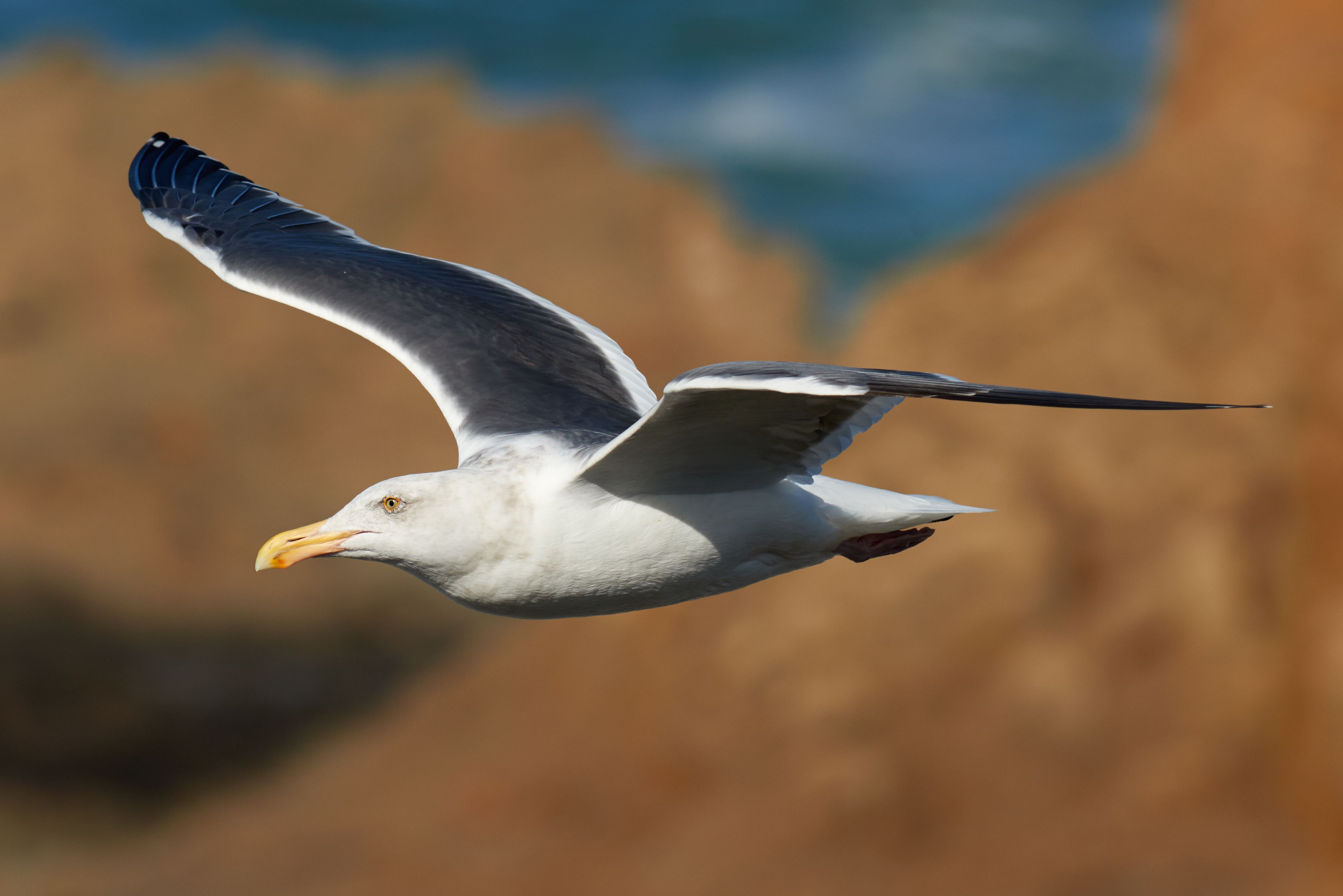
The physics of bird flight reveals nature’s mastery of aerodynamics in ways that continue to challenge our engineering assumptions. Rather than simply following the rules we’ve established for aircraft design, birds have evolved to exploit aerodynamic phenomena that we’re only beginning to understand. From their ability to control separated flows to their use of unsteady vortex dynamics, birds demonstrate that there are multiple pathways to achieving powered flight.
What makes this particularly remarkable is that these sophisticated aerodynamic strategies evolved through natural selection, not engineering design. Birds didn’t need wind tunnels or computational fluid dynamics to discover these principles. They found them through millions of years of evolutionary refinement, creating flying machines that remain unmatched in their versatility and efficiency. What do you think about nature’s approach to solving the challenges of flight? Tell us in the comments.

Hi, I’m Andrew, and I come from India. Experienced content specialist with a passion for writing. My forte includes health and wellness, Travel, Animals, and Nature. A nature nomad, I am obsessed with mountains and love high-altitude trekking. I have been on several Himalayan treks in India including the Everest Base Camp in Nepal, a profound experience.




